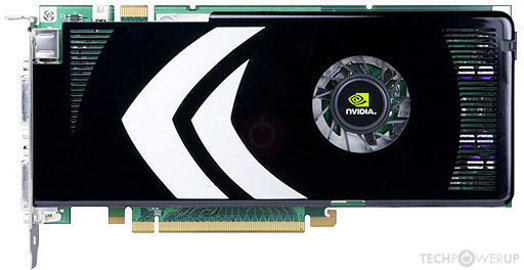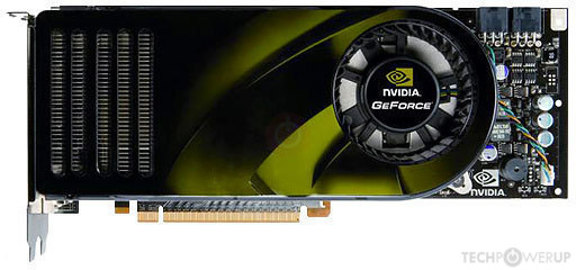Yes

I'm curious about why you want a bigger die for GPUs. Greater transistor density is desirable from a design point of view, not die size.
Because they are throwing less and less transistors at mainstream dGPUs relative to the high end. That means less performance compared to the high end. This is why you are having stagnation in the mainstream dGPUs from Nvidia and AMD. People have gotten used to Nvidia just making these mainstream dies which lack enough transistors so the performance goes down the drain. If you look at the TU106 to GA106 transition,it had 11% more transistors! Just look at the RTX3060(slightly cut down) vs RTX2060 Super(full GPU):
Only a 5% difference in performance. Even the full GA106 probably would have 10% extra performance over a full TU106. But then compare the TU106 and the GP106 - there was nearly a doubling of performance because there was a 2.45x increase in transistors. But Nvidia charged much more for those extra transistors but they made more margins too as the node got cheaper too.
So when you look at the AD104 it is the smallest 104 series dGPU since the Kepler GK104. That was when Nvidia rebranded its second tier die as a high end dGPU. It wasn't high end. Then you have that smaller memory bus. At best the AD104 should be a RTX4070/RTX4060TI,but it really sounds like an RTX4060.
But what Nvidia has increasingly done,is when they get peformant smaller dies,they decide to jack the price up. They never used to do this.
I give you an example of a very famous mainstream dGPU of the past,the 8800GT/8800GTS:
NVIDIA G92, 600 MHz, 112 Cores, 56 TMUs, 16 ROPs, 512 MB GDDR3, 900 MHz, 256 bit

www.techpowerup.com
It was made on TSMC 55NM/65NM and had more transistors than the 8800GTX the year before(made on 90NM):
NVIDIA G80, 576 MHz, 128 Cores, 32 TMUs, 24 ROPs, 768 MB GDDR3, 900 MHz, 384 bit

www.techpowerup.com
The 8800GT/8800GTS 512MB had 10% more transistors than the fastest and largest dGPU of the time. But for under half the price of the 8800GTX you were almost getting similar performance,because they used the smaller dies to pass the cost saving onto us,the consumer. Now they are doing this to massively increase margins - you can see how they are going up and up. The moment they started the Kepler strategy of pushing up increasingly smaller and smaller dies upwards,Nvidia's margins went upwards too.
It also leads to a situation where the anaemic mainstream dGPUs are causing people to spend more and more.
I seriously doubt it costs Nvidia 3X more to make an RTX4070 12GB than it does for a RTX3060 12GB.
So when people remembered the good old days of mainstream dGPUs,its because Nvidia wasn't try to tierise everything on performance and threw transistors at the problem. Now they are not and expect you to pay more and more to increase their margins.




